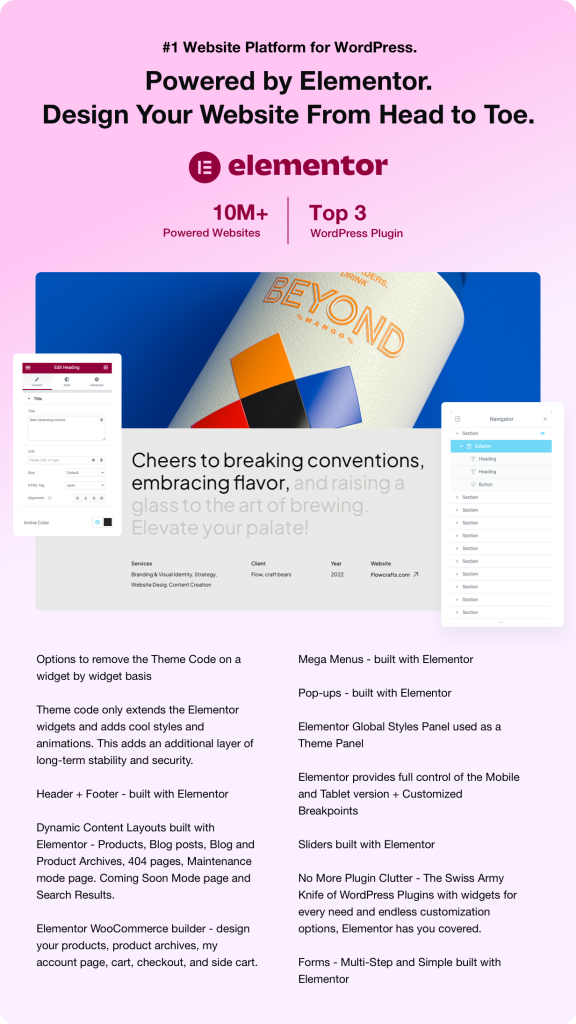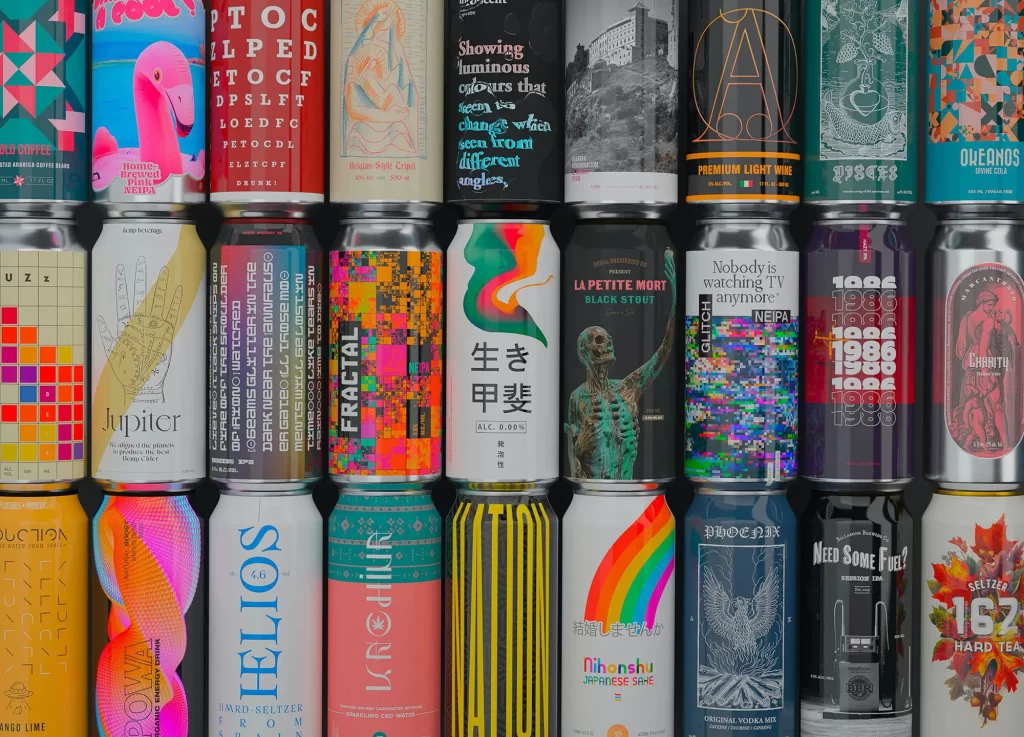In today’s fast-paced technological landscape, the convergence of artificial intelligence (AI) and automation has become increasingly critical for advancing industries. Among these advancements, Quantum Artificial Intelligence Operating Systems (Quantum AIOS) are taking center stage, especially in the realm of autonomous vehicles. This article will explore the significance of task automation within Quantum AIOS, particularly its applications, trends, and emerging solutions that are setting the standard for the future of transportation.
.
**Understanding Task Automation: A Gateway to Enhanced Performance**
Task automation refers to the use of technology to perform tasks with minimal human intervention. In the context of Quantum AIOS for autonomous vehicles, task automation allows systems to execute complex operations efficiently and reliably. This is particularly crucial in scenarios demanding split-second decisions that can affect safety and performance. The integration of task automation within Quantum AIOS facilitates not only improved efficiency but also enhances the operational capabilities of autonomous vehicles.
.
**The Rise of Quantum AIOS**
Quantum AIOS represents a groundbreaking fusion of quantum computing and artificial intelligence functionalities. By leveraging the fundamental principles of quantum mechanics, these operating systems can process vast amounts of data at extraordinarily high speeds. The need for a more sophisticated framework has never been more apparent as vehicle systems become increasingly complex, requiring advanced algorithms for data processing and decision-making.
.
**Task Automation in Quantum AIOS: Bridging the Gap**
The importance of task automation within Quantum AIOS cannot be understated. By automating various processes, from data analysis to decision-making, Quantum AIOS creates a seamless flow of operations. For instance, automating the route optimization process enables vehicles to make real-time adjustments based on factors like traffic, weather conditions, and road maintenance. This reduces human error and contributes to safer, more efficient travel.
.
**Trends in Task Automation for Autonomous Vehicles**
As the automotive industry undergoes a digital transformation, several trends in task automation are emerging within Quantum AIOS:
1. **Machine Learning Algorithms**: Leveraging machine learning, Quantum AIOS can evolve autonomously, improving route selection and risk assessments over time without the need for human input.
2. **Data Fusion Techniques**: With numerous sensors embedded in modern vehicles, the ability to integrate and analyze data from these diverse sources enhances the vehicle’s situational awareness, crucial for proactive decision-making.
3. **Real-time Processing**: Quantum computing capabilities significantly reduce latency, allowing autonomous vehicles to process and react to information almost instantaneously.
4. **Enhanced Safety Protocols**: Task automation can help in predicting potential hazards, leading to quicker response times and improved overall safety.
.
**The Industry Applications of Quantum AIOS**
The applications of Quantum AIOS for autonomous vehicles extend beyond mere navigation and functionality. These systems are poised to revolutionize several sectors:
1. **Public Transportation**: Automated buses and shuttles can optimize their routes based on real-time demand, leading to better service delivery and reduced operational costs.
2. **Logistics and Delivery**: Companies like Amazon and DHL are exploring automated delivery systems. Quantum AIOS can enhance route planning and fleet management, ensuring timely deliveries.
3. **Emergency Services**: Integration with emergency response systems can improve response times and resource allocation during a crisis, as autonomous vehicles can quickly navigate toward the scene while avoiding congested areas.
4. **Ride-sharing Services**: Enhanced task automation can lead to improved user experiences in ride-sharing by predicting ride demand and optimizing driver availability through a more efficient algorithmic approach.
.
**Technical Insights into Quantum AIOS and Task Automation**
To understand the full potential of Quantum AIOS in task automation, it is crucial to explore some technical underpinnings:
– **Quantum Data Structures**: Quantum AIOS utilizes quantum bits (qubits) that can exist in multiple states at once. This allows for faster data processing and complex calculations to be performed simultaneously, significantly enhancing the task automation process.
– **Quantum Algorithms for Optimization**: Algorithms such as Grover’s algorithm can be employed to enhance search processes within autonomous systems, allowing for quicker identification of optimal routes.
– **Interoperability with Classical Systems**: While Quantum AIOS ushers in new paradigms, the ability to integrate and communicate effectively with classical systems remains critical. This ensures a seamless transition and adaptability across different technological platforms.
.
**Challenges and Solutions in Integrating Task Automation**
Despite the promising future of Quantum AIOS and task automation, challenges remain in their integration into existing frameworks:
1. **Data Security**: With autonomous vehicles gathering vast amounts of data, ensuring its security against cyber threats becomes paramount. Solutions such as encryption and blockchain technology can enhance data protection.
2. **Ethical Considerations**: Autonomous systems face ethical dilemmas, especially regarding decision-making in critical situations. Establishing ethical frameworks and governance structures is essential for addressing these concerns.
3. **Regulatory Environment**: As these technologies develop, regulatory frameworks must also evolve. Collaboration between policymakers and industry leaders is vital to create regulations that foster innovation while ensuring public safety.
.
**Industry Use Case: Tesla’s Approach to Task Automation with Quantum AIOS**
Tesla serves as a prime example of how Quantum AIOS can enhance task automation in autonomous vehicles. By embedding advanced machine learning algorithms within its Full Self-Driving (FSD) software, Tesla vehicles are optimized for real-time decision-making. The company’s focus on data-driven approaches enables its vehicles to learn from past experiences, leading to improved performance over time.
Furthermore, Tesla’s pioneering efforts in leveraging cloud computing and artificial intelligence showcase how task automation can be utilized to offer subscription-based services, enhancing user experiences while simplifying and streamlining vehicle operations.
.
**The Future of Task Automation in Quantum AIOS for Autonomous Vehicles**
The future of task automation within Quantum AIOS for autonomous vehicles holds immense potential. As technology continues to evolve, vehicles will become smarter, safer, and more efficient. Collaboration between industry stakeholders, researchers, and policymakers will drive the development of these systems, ensuring their reliable integration into our daily lives.
.
**Conclusion: Embracing the Revolution**
To harness the full potential of task automation in Quantum AIOS for autonomous vehicles, stakeholders must embrace innovation and address emerging challenges through collaboration. The advancements in technology, paired with a commitment to ethical practices and safety regulations, will pave the way for a new era in transportation. The journey toward fully autonomous, equipped with predictive intelligence, powered by task automation, and enriched by Quantum AIOS, is not just a vision—it’s an imminent reality.
.
**Sources:**
1. Mahbub, R. (2022). The Impact of Quantum AI on Autonomous Driving Technology. *Journal of Emerging Technologies*.
2. Smith, L. (2023). Innovations in Task Automation: The Path Forward. *Tech Trends Magazine*.
3. Johnson, A. (2023). Understanding Quantum AIOS: The Future of Transportation. *International Journal of Information Technology*.
4. Cooper, H. (2023). Addressing Cybersecurity in Autonomous Systems. *Cybersecurity Reports Quarterly*.
This comprehensive exploration sheds light on the innovative intersection of task automation and Quantum AIOS, emphasizing their manifold implications for the future of autonomous vehicles. As technology progresses, the capabilities of these systems will undoubtedly evolve, seamlessly weaving into the fabric of modern transport.





















